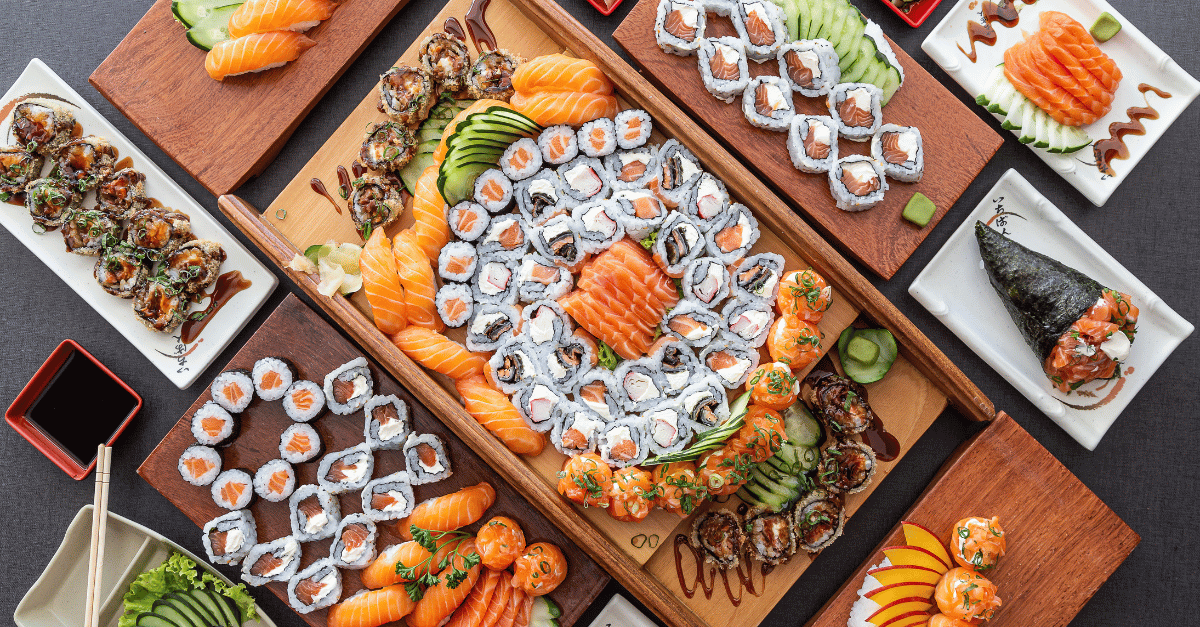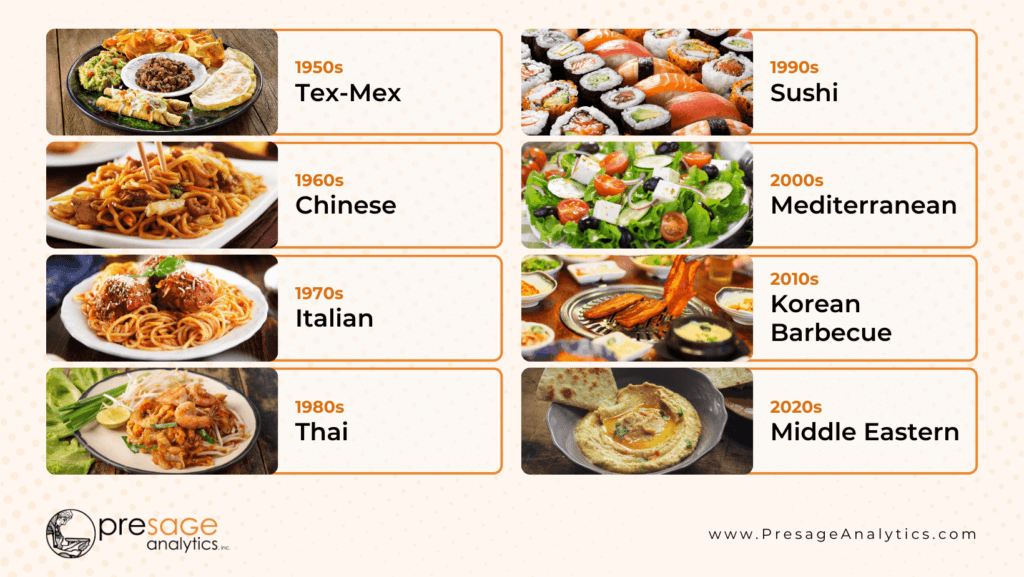Cultural Foods and Their Influence on Trends

Cultural foods are not just about sustenance; they are a reflection of heritage, tradition, and identity. Embracing diverse culinary traditions fosters inclusivity and appreciation for different cultures. From spicy Indian curries to savory Italian pasta, cultural foods encompass a vast array of flavors, ingredients, and cooking techniques. Cultural cuisine plays an important role in shaping consumer preferences and it’s important to recognize that to stay ahead of trends.
The Influence of Cultural Foods on Food Trends
Consumer palates are evolving, seeking authentic and diverse culinary experiences. Foods from different cultures have transcended boundaries, inspiring fusion cuisines and experimentation. Take, for instance, the sushi burrito—a fusion of Japanese sushi and Mexican flavors—creating a new sensation that captivates adventurous eaters worldwide.
Identifying Emerging Trends Through Cultural Foods
By analyzing consumption patterns and market trends, we can uncover emerging opportunities rooted in cultural influences. Whether it’s the growing demand for plant-based alternatives in Asian cuisines or the popularity of Mediterranean-inspired snacks, cultural cuisines provide invaluable insights into evolving consumer preferences.

A Timeline of Trendy Foods from Around the World
Let’s take a journey through the timeline of trendy cultural foods that have made waves in the food industry:
- 1950s: The advent of Tex-Mex cuisine, blending traditional Mexican flavors with American ingredients, gave rise to dishes like chili con carne, nachos, and tacos.
- 1960s: Chinese cuisine gained popularity in the West, with dishes like sweet and sour chicken and chow mein becoming household favorites.
- 1970s: Italian cuisine experienced a renaissance, with dishes like spaghetti bolognese, pizza margherita, and lasagna leading to the proliferation of Italian restaurants.
- 1980s: Thai cuisine introduced bold flavors such as lemongrass, coconut milk, and Thai basil to international audiences, paving the way for dishes like pad Thai and green curry.
- 1990s: The sushi craze swept across the globe, with sushi bars popping up in cities worldwide and popularizing raw fish delicacies like nigiri, sashimi, and maki rolls.
- 2000s: Mediterranean cuisine, characterized by the use of olive oil, fresh herbs, and wholesome ingredients, gained traction as consumers sought healthier dining options.
- 2010s: The emergence of Korean barbecue showcased the bold flavors of marinated meats and spicy kimchi.
- 2020s: With dishes like hummus, falafel, and shakshuka, Middle Eastern cuisine gained widespread popularity for its bold flavors and health benefits.

Presage Analytics: Your Partner in Food Safety
Presage Analytics offers advanced analytics and quality assurance solutions tailored to the food industry. Our data-driven approach enables companies to harness the power of food and capitalize on emerging trends. We’re committed to helping food processing companies unlock new opportunities for growth. Schedule a demo with us today and embark on a journey to culinary success!




